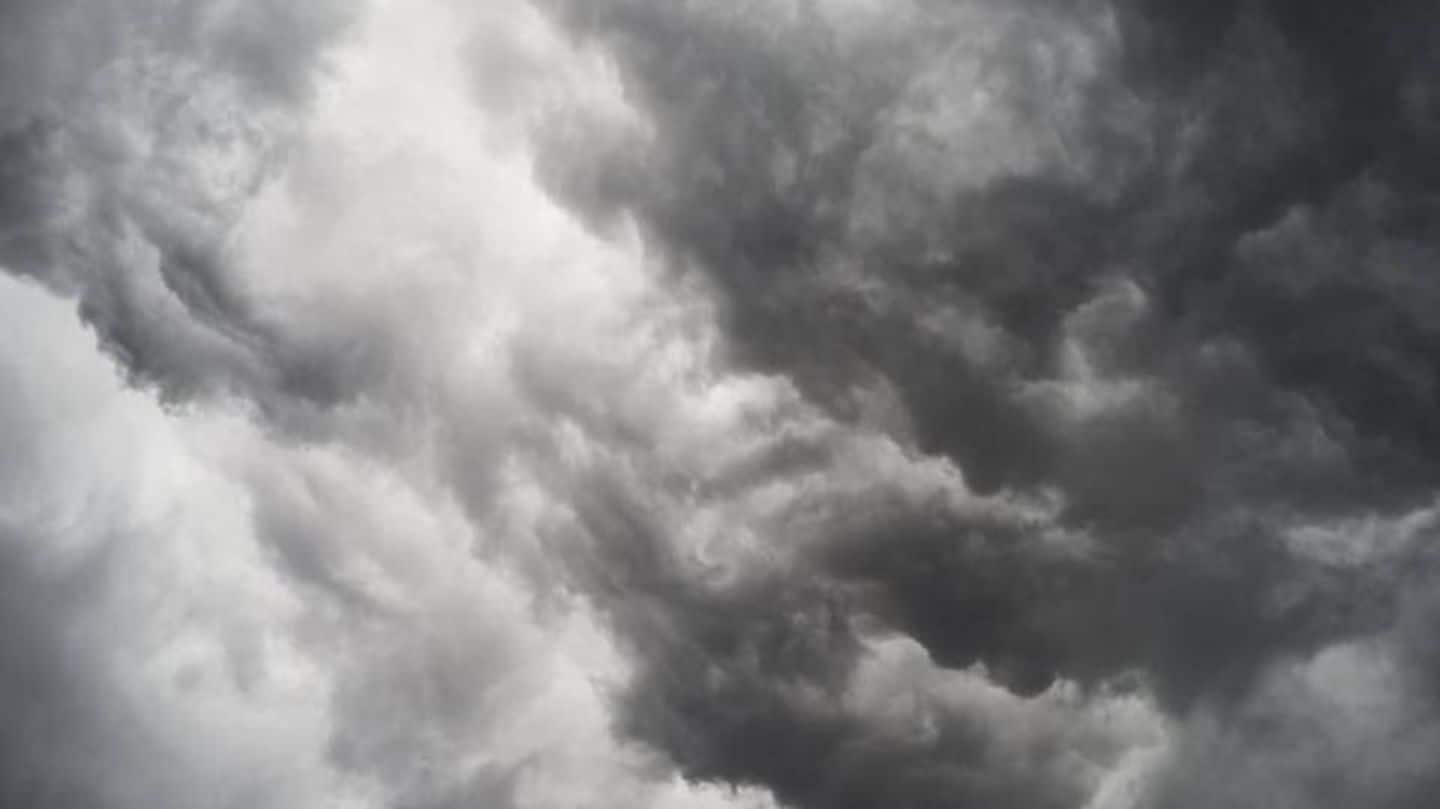
ISRO-NASA joint research-study confirms existence of aerosol layer above Asia
What's the story
An ISRO-NASA collaborative study has confirmed the existence of an aerosol layer over Asia.
The study has also discovered traces of nitrates in the aerosol.
While aerosols are usually found in the first few kilometers above the earth's surface, ISRO said the study revealed "a sharp increase in aerosol concentration near 16.5-18.5 km."
What does this mean? How does this impact us? Read on!
Information
What was the study about?
The study was jointly conducted by NASA, ISRO and India's National Atmospheric Research Laboratory (NARL). Among other things, the research intended to study the effects of aerosols on the ozone layer and the air quality around India.
What?
What are aerosols?
Aerosols are sub-micron particles usually found in the Upper Troposphere and Lower Stratosphere, a few kilometers above the earth's surface.
They are produced from a range of manual and natural processes, including combustion and wind-blown dust.
Depending upon the conditions, aerosols either absorb or reflect sunlight.
Nitrates in aerosols typically reflect sunlight, providing a cooling effect while black carbon absorbs it, warming the atmosphere.
Findings
What did the study find?
The study confirmed the presence of an aerosol layer above Asia as seen previously through satellite images.
According to ISRO, "a sharp increase of aerosol concentration near 16.5-18.5 km from the earth's surface" was also seen.
ISRO surmises that this layer, with characteristically different features from the background, is formed by pollutants.
They further affirmed the presence of nitrates, a new finding.
Impact
How do they affect climate?
Due to their reflecting/absorbing effect, aerosols tend to have an effect on climate.
For example, massive amounts of sulfur dioxide released into the atmosphere from volcanic eruptions tend to lower global temperatures.
They also affect the earth's ability to reflect heat.
Meanwhile, black carbon deposits on ice sheets absorb heat instead of reflecting it, causing the ice to melt faster.
Way forward
What next?
The research team is yet to carry out a detailed analysis of the data collected. They soon plan on conducting a study during winter months under different conditions.
There also planning multiple studies before 2020 to ascertain how the findings vary based on different circulation patterns and pollutants.
Additionally, they plan on carrying out balloon-borne measurements to compare results with data collected by satellites.